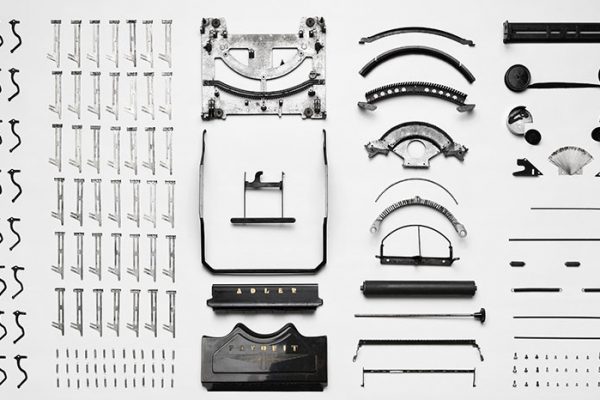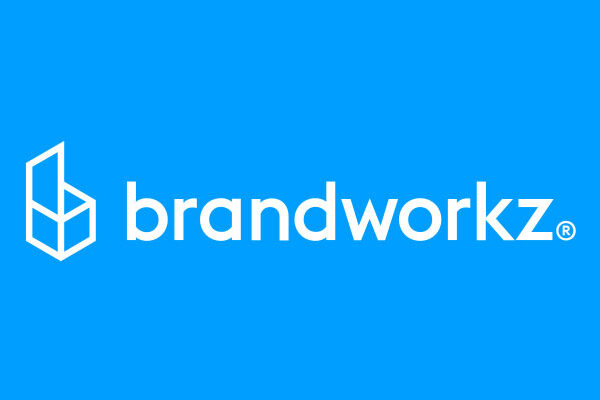Digital Asset Management (DAM) is critical for organizations that wish to maintain a consistent and impactful brand presence across varied channels. SharePoint, Microsoft’s flagship enterprise collaboration platform, has been traditionally utilized as a DAM tool. However, while SharePoint excels in various domains, there are distinct limitations regarding comprehensive DAM. Understanding these and recognizing the advantages of specialized solutions like Brandworkz can drastically improve the efficacy of digital asset management.
What is SharePoint?
SharePoint is a web-based collaboration platform that integrates with Microsoft Office. It is primarily marketed and used as a document management and storage system, but the product is highly configurable, and its usage varies substantially among organizations. Due to its document management and collaboration capabilities, many businesses began using SharePoint as a makeshift DAM solution.
SharePoint as a DAM: A Square Peg in a Round Hole?
Using SharePoint as a DAM system provides basic functionality, allowing you to store, retrieve, and collaborate on digital assets. However, it needs the advanced features and specialized capabilities inherent to dedicated DAM solutions. For SharePoint to rival dedicated DAM platforms, it would need enhanced metadata management, intuitive categorization, seamless integration capabilities, granular access controls, and real-time analytics to track asset performance and usage. While SharePoint can offer rudimentary digital asset management without these features, it doesn’t fully cater to the nuanced requirements of modern brands and marketing teams. Let’s explore the constraints:
- Complex User Experience: SharePoint’s primary design was not for Digital Asset Management (DAM). As a result, users seeking to manage digital assets face a complex and often unintuitive experience. Navigating libraries, folders, and metadata demands significant time and effort.
- Limited Media Handling: While SharePoint can store media files, its ability to preview, transform, or optimize most digital file types is limited. While SharePoint can store media files, its ability to preview, transform, or optimize most digital file types is limited. For instance, managing different versions of an image or video in SharePoint is less streamlined than one would expect from a dedicated DAM tool.
- Scalability Issues: SharePoint might work for smaller organizations with limited assets. However, as the volume and variety of assets grow, performance and retrieval times can become bottlenecks. Efficiency is one of the critical factors in implementing a DAM system.
- Customization Constraints: Extensive customization is necessary to enhance SharePoint’s functionality to resemble a DAM system. Such alterations not only strain IT resources but can also cause compatibility problems during software updates.
- Lack of Advanced DAM Features: Tools like automatic tagging, integrated brand guidelines, rights management, and advanced analytics often need to be included or more extensive.
Pitfalls of Using SharePoint for DAM
Organizations that opt for SharePoint as their go-to DAM solution often encounter a few common problems:
- Decreased Productivity: Due to its complex nature, marketing teams may spend excessive time searching for assets, reducing productivity.
- Brand Inconsistency: Ensuring brand consistency across various assets becomes challenging without advanced DAM features.
- Increased IT Dependency: For advanced functionalities or integrations, marketing teams depend heavily on IT teams, leading to potential delays.
Brandworkz: The Dedicated DAM Solution
Specialized DAM solutions, such as Brandworkz, fill this gap. Developers designed Brandworkz from the outset, with digital asset management as its central focus. Some advantages include:
- User-Centric Design: Unlike SharePoint, Brandworkz offers an intuitive interface designed specifically for DAM, reducing the learning curve and enhancing user adoption.
- Advanced Media Capabilities: Brandworkz manages diverse media formats seamlessly and optimizes channel asset delivery.
- Scalability: Whether you’re a startup or a global conglomerate, Brandworkz scales to match your DAM needs without compromising performance.
- Tailored DAM Features: Automatic tagging, integrated brand guidelines, rights management, and insightful analytics are standard, ensuring organizations have all the tools they need for effective asset management.
In conclusion, while SharePoint is an excellent tool for collaboration and document management, dedicated tools like Brandworkz offer a superior, streamlined, and efficient solution when it comes to the nuanced demands of Digital Asset Management. As marketing professionals, it’s imperative to choose tools that fit and excel at the job, ensuring optimal outcomes and consistent brand portrayal.



